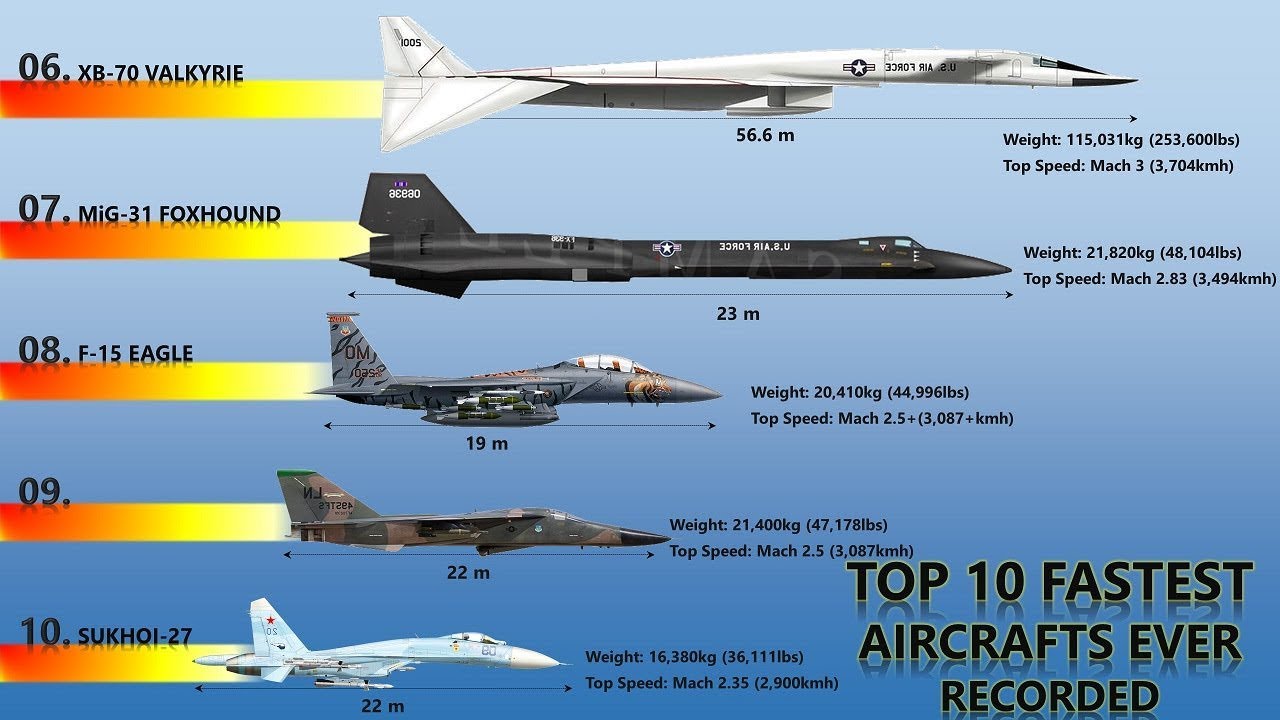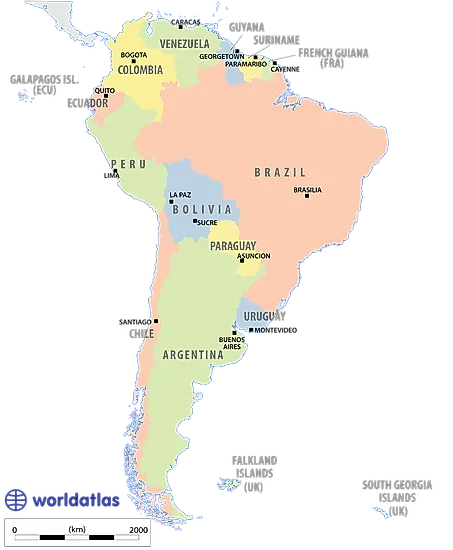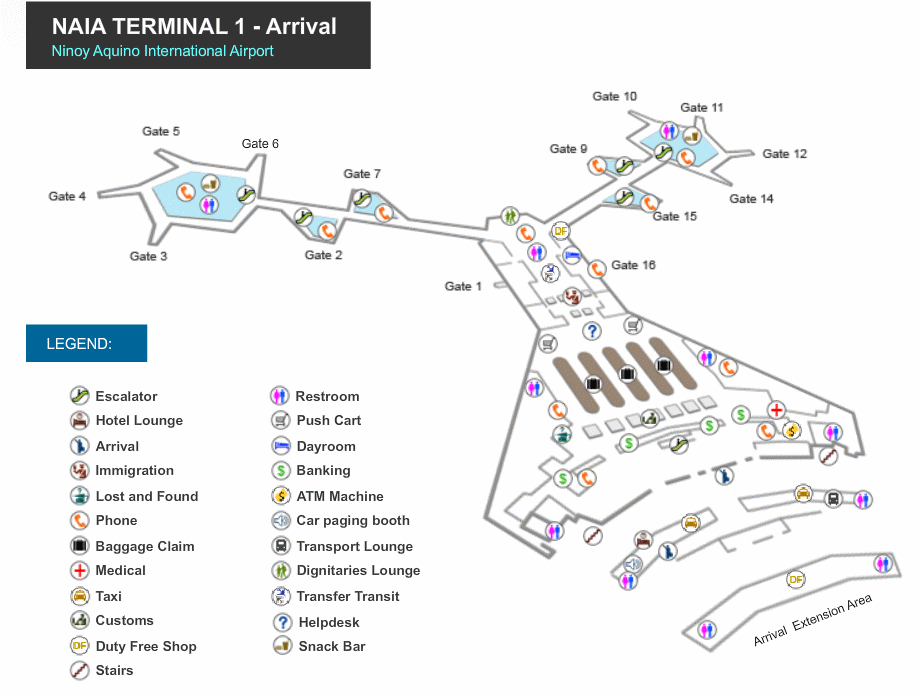Supersonic Speeds Pioneered
In the late 1950s, John Glenn pushed the boundaries of manned flight when he set the transcontinental speed record in the Vought F-8 Crusader fighter. Flying from Los Angeles to New York in just 3 hours and 23 minutes, Glenn averaged supersonic speeds of Mach 1.05 throughout his project bullet flight. He had to slow down for inflight refueling to extend his range, but still crossed the country faster than the speed of a bullet. Glenn proved that controlled supersonic flight was possible, paving the way for future high-speed aircraft.

Fast and Far-Ranging F-111
Developed in the 1960s, the General Dynamics F-111 Aardvark was designed for both tactical air-to-ground and long-range interdiction roles. Powered by two pratt & whitney tf30 turbofan engines, the F-111 had an impressive range of over 2800 miles on internal fuel alone. Flying at a subsonic cruise speed of Mach 0.9 or around 675 mph, it could make the 2475 mile trip from Los Angeles to New York in about 3 hours and 45 minutes. Using inflight refueling, the F-111’s range extended to over 3600 miles, allowing it to carry out long endurance missions deep into enemy territory while cruising at close to the speed of sound.
Supersonic Speed Demon
The F-111F variant featured more powerful engines that enabled it to reach mach 2.5 speeds of over 1500 mph at high altitudes. Though cross-country transits at such velocities would have required frequent slow-downs for fuel, the pure speed potential of the F-111 was remarkable. Its pilot Jim Smith recorded the fastest time from departure to landing during a USAF competition, demonstrating the type’s impressive performance. However, the complexity and costs of operating the F-111 led to its eventual retirement in the late 1990s after nearly 30 years of service.
Breaking the Barriers
No discussion of the fastest aircraft is complete without mentioning the legendary SR-71 Blackbird. Developed and operated in total secrecy by the US Air Force and CIA during the Cold War, the Blackbird remained the world’s fastest jet-powered aircraft for over 30 years. Powered by two revolutionary pratt & whitney j58 turbojets, the SR-71 utilized a unique blend of materials, configurations and airbreathing propulsion to excel far beyond any contemparary aircraft. On July 28, 1976, legendary test pilot Bill Weaver flew an SR-71 from Los Angeles to Washington D.C. in just 1 hour and 54.4 minutes, averaging over 2,092 mph. This remains the fastest manned aircraft transit over such a long distance.
Pushing the Limits
The SR-71 demonstrated its immense speed potential during operational missions as well. It could fly from New York to London in just over 3 hours, shaving off nearly half the time of subsonic airliners. A flight from Los Angeles to the East Coast took only about 90 minutes. And in one of the most remarkable demonstrations, an SR-71 once completed the trip from St. Louis to Cincinnati, crossing two states, in a mere 8 minutes and 31.9 seconds. With air refueling, the Blackbird’s range extended to over 4,000 miles, allowing it to transit vast transoceanic distances at hypersonic Mach 3+ velocities that remains unsurpassed to this day.
Groundbreaking Technology
Several innovations allowed the SR-71 to push airbreathing aircraft performance so far beyond existing limits. Its principle structure consisted of Titanium alloys that retained strength at high temperatures better than any alternate material. Special fuel and environmental control systems maintained cabin conditions for the pilots despite extreme speed and altitude. The Pratt & Whitney J58 powerplants featured complex variable inlet geometries that optimized compression and combustion for maximum Mach 3+ thrust. Most notably, the Blackbird’s skin was made of specialized Thermal Barrier Coatings that not only withstood leading edge temperatures of over 650 degrees Fahrenheit during hypersonic flight, but also minimized heat absorption from frictional effects - another breakthrough that remains cutting edge technology. This extraordinary combination of titanium construction, airframe design, and advanced materials allowed the Blackbird to cruise routinely at Mach 3.2 speeds over 3,000 mph.
Lasting Legacy
While newer technologies may eventually lead to faster aircraft, the legacy left behind by trailblazers like the X-15 rocket plane, the F-111, and above all the peerless SR-71 Blackbird will likely endure for many years to come. Records set by early pioneers like John Glenn continued pushing boundaries in a quest for sustained supersonic and hypersonic vehicles. The Blackbird raised the bar for manned aerial speed to a whole new stratosphere with its incredible transoceanic fleet demonstrations throughout its storied career in the latter half of the 20th century. Its engineering marvels also helped advance materials and propulsion technologies with widespread benefits across aviation and aerospace. Over half a century since its first flight, the SR-71 endures as the yardstick against which all future high-speed aircraft endeavor to be measured.

 Comparing Two Great South American Cities: Buenos Aires and Bogotá
Comparing Two Great South American Cities: Buenos Aires and Bogotá